Love or hate the wolf? Depends where you live
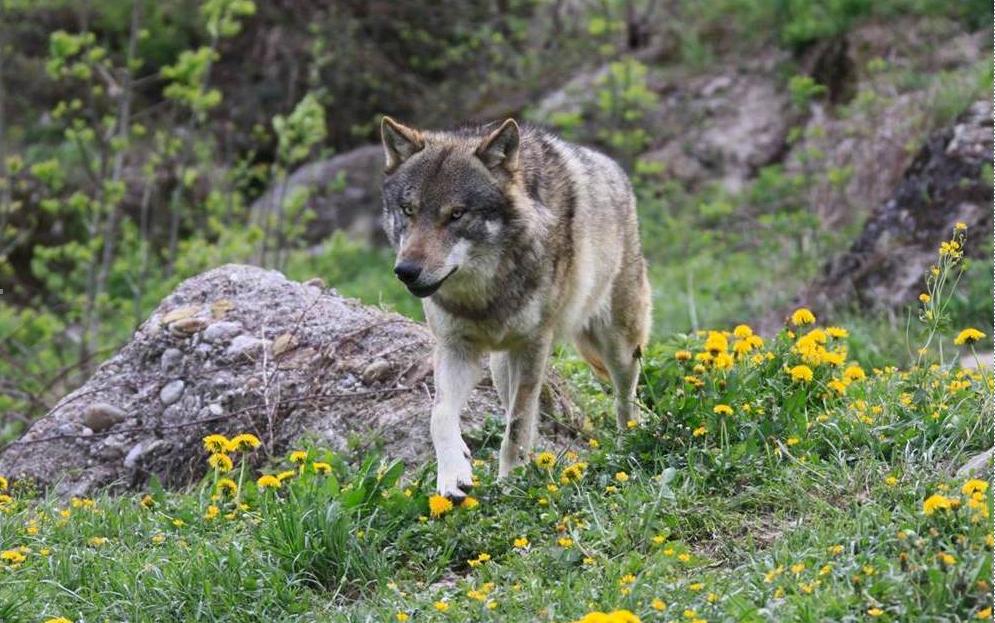
In Switzerland, defenders and opponents of the wolf form irreconcilable camps. Two decades after the return of the predator, which is protected by an international convention, the country is still polarised.
The birth announcements were ready, only the photo was still missing: it finally arrived mid-August. Switzerland was introduced to the three wolf cubs born in 2015, the newest members of its – so far – only wolf pack, which lives in the canton of Graubünden. “Cubs have been born every year since 2012, so there was no reason why there shouldn’t be a litter this year,” said the cantonal wildlife officer in the beginning of summer.
The fourth wolf litter since 2012 was confirmed through pictures taken by remote cameras dispersed along the mountain range. There is a possibility that there could be more than three cubs. Last year, the presence of five to six cubs was confirmed in autumn.
Animal defenders also have their eyes fixed on the region of Augstbord in canton Valais. Have the male wolf baptised M46 and the female wolf F14 had cubs, and thus created a second pack in Switzerland? The answer should be known by the end of the summer.
This rather optimistic way of presenting the situation of the wolf in Switzerland obviously disregards the fears and misgivings of part of the population regarding the predator. Valais has authorised the extermination of a wolf – not yet identified – that has killed 38 sheep between June 19 and August 8. Since its return in July 1995, the wolf has polarised the country.
“Regulatory role”
In July 2015, the defenders of the wolf drew mixed conclusions about the evolution of the wolf population in Switzerland. Only the WWFExternal link marked the anniversary by hailing the animal’s usefulness. “The forests and nature say thank you!” it proclaimed, before explaining that “wolves regulate the number of game animals in the forests which, because of the damage they do to trees, slow down the rejuvenation of forest land”.
But because of the wolves, sheep farmers have had to provide better protection for their flocks in the summer mountain pastures. According to the WWF, however: “Free summer grazing – that is, when sheep graze completely freely wherever they want – is, historically speaking, new and not to the advantage of the sheep. Out of around 200,000 sheep, 4,000 die each year, mostly owing to disease and falls. Less than 10% of deaths are due to predators.”
So now, farmers have had to take on dogs to watch over their flocks; traditionally Pyrenean mountain dogs known as “patous” and Maremma sheepdogs. “Strange though it may sound, the wolf has thus actually helped save the lives of hundreds of sheep,” the WWF reckons.
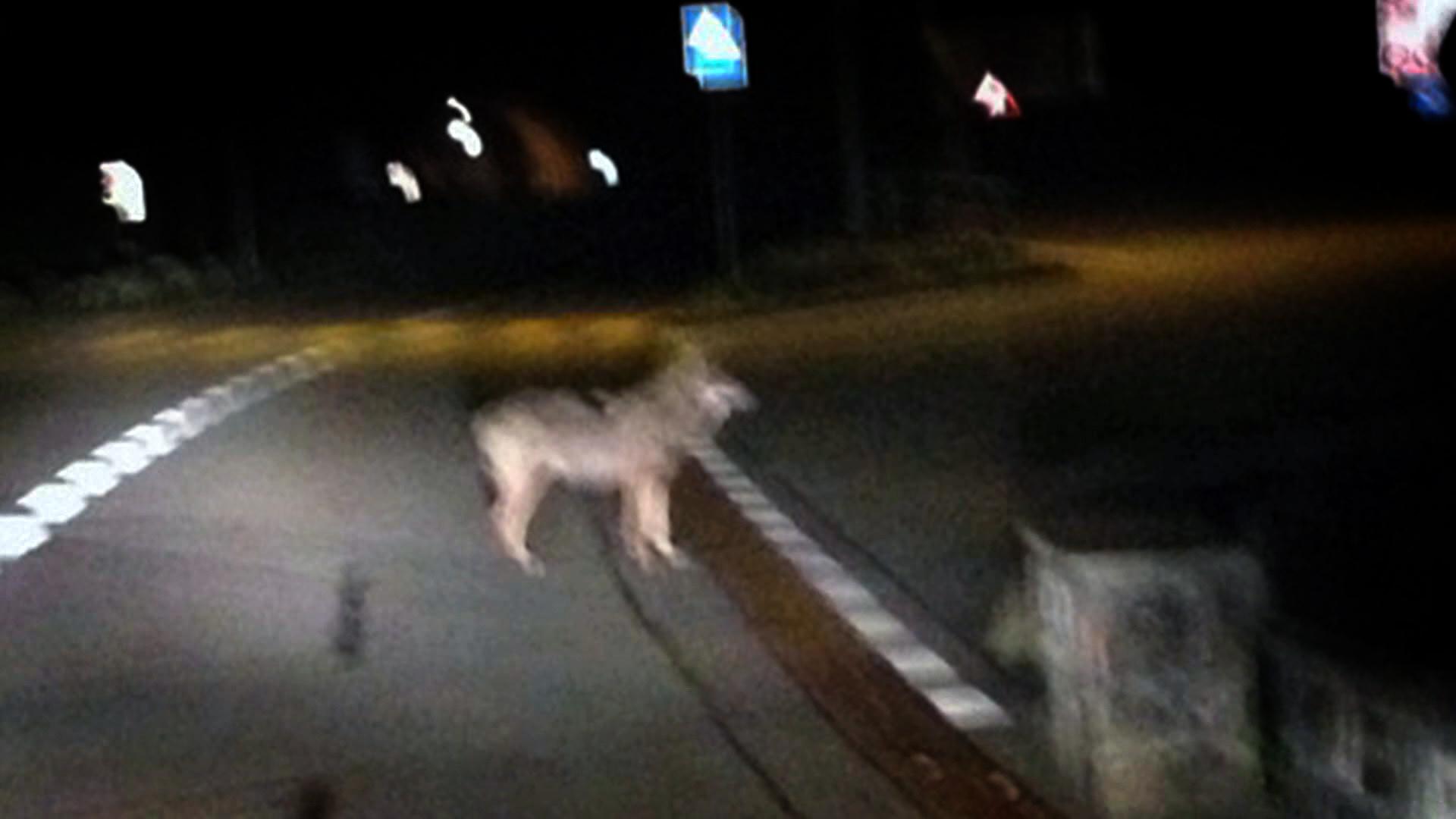
More
Blood on the meadow
“Killer instinct”
Statements such as these anger farmers who have lost sheep, like Daniel Imholz and Werner Herger from Isenthal, in canton Uri. Perched high above the Uri “arm” of Lake Lucerne, their village is reached via a road so winding and steep that it is the subject of a short filmExternal link on YouTube. From there, you have to take a cable car, then walk for about two hours to get to the pasture lands where local farmers used to take their sheep in summer.
“Used” in the past tense, because last June the farmers brought their flocks down again, after a wolf slaughtered 50 sheep in the area, including 20 belonging to Imholz and Herger.

“That wolf has a killer instinct,” protests Herger. “He doesn’t hunt because he is hungry, since he’s attacked so many sheep.” His colleague adds: “Afterwards, specialists came to see how we could protect our flocks. They admitted that it would be difficult to use dogs here.”
“It is possible to protect sheep almost everywhere,” counters Christina Steiner, veterinarian and president of CHWolf, an association that supports farmers in implementing protection measures. “But it can take time to integrate dogs into the flock so that the sheep are not afraid. If the investment is too great, for example because the terrain is very irregular and rocky, this may mean that some Alpine areas have to be abandoned for summer grazing.”
Saving the valley
This is exactly Imholz’s point. “We guarantee the survival of the valley. Sheep are an important source of income. Without us, the school would close and the valley would become depopulated. Lynxes have already wreaked considerable havoc. The number of deer has decreased significantly. There are even fewer chamois. The wolf may end up killing our valley!”
“Granted, the wolf is just one piece in the puzzle. It’s a struggle in any case to keep agriculture going here. Killing the wolves won’t solve the problem,” admits Imholz, well aware that he will have “no choice” but to take on guardian dogs.
In canton Graubünden, where the country’s only pack lives, the use of sheepdogs has become widespread over recent years and the situation is “fairly relaxed”, says Georg Brosi, director of the Cantonal Office for Hunting and Fishing. According to him, “the pack is relatively unproblematic. But we are fortunate in having quite easy terrain.”
In Valais, where the wolf reappeared in 1995, the mood is very different. Protection dogs are rare and slaughtered sheep regularly hit the headlines. Farmers, hunters and politicians have been demanding more permits to shoot wolves, which are issued according to very strict conditions, since the wolf is protected by an international ConventionExternal link, signed in Bern in 1979.
Some control now possible
Since mid-July this year, however, the cantons have had new powers to regulate the wolf population, following recent changes in the lawExternal link. Certain conditions must be met, such as significant damage or danger to humans.
“Wolves are not dangerous to humans as such,” explains Christina Steiner. “They keep out of their way. However, they do not necessarily avoid inhabited areas. A wolf can become dangerous if he loses his fear of human beings, for instance because he receives food.”
Under the new legislation, up to half the cubs born in a given year can be killed, if the Federal Office for the Environment gives the go-ahead. However, in the case of isolated wolves, the cantons will now have sole authority to issue shooting permits, although here too under certain conditions. Up to now they had to get request approval from an inter-cantonal committee.
“The revised legislation leaves too much room for interpretation to the cantons,” criticises Christina Steiner. “It is not always easy to distinguish young wolves from adults. And if the adults are killed, the pack is likely to scatter. The young wolves will seek easy prey, which may increase the amount of damage done.”
The law “states explicitly that the parents must be spared”, counters Rebekka Reichlin, spokeswoman for the Federal Office for the Environment. “In case of doubt, gamekeepers do not have the right to shoot.” Meanwhile, the inhabitants of canton Valais complain that the new text does not go far enough. Peter Scheibler, head of the Cantonal Service for Hunting, Fishing and Wildlife, considers that “the procedures for allowing wolves to be shot should have been eased.”
The wolf clearly symbolises the “town-country” divide in Switzerland – with town-dwellers supposedly more inclined to be pro-wolf. Although, in the view of Brosi of Graubünden’s hunting office, people’s initial emotions and fears tend to subside in the end.
In Isenthal, meanwhile, Imholz is sticking to his guns. “It’s easy to say that the return of the wolf is a good thing when you live in town,” he says heatedly. “Townsfolk say that something must be done about foxes. Well, we’re not bothered by foxes!”
Today
Wolves are regularly sighted in all regions of Switzerland. Currently, the total number of wolves officially counted is 27, a “very modest” result in the eyes of the wolf protection associations.
Overall, since 1998, KORA, an organisation that monitors predators and wildlife, has countedExternal link 57 male wolves (from M01 to M57) and 15 females (from F01 to F15), that is 72 wolves in total, in Switzerland. The death of 15 of them has also been confirmed. The others died without anyone knowing it, or left Swiss territory. The presence of the same wolf in another country can only be established for certain if the country conducts analyses using the same genetic markers, which is not the case in Italy, for example.
Translated from French by Julia Bassam

In compliance with the JTI standards
More: SWI swissinfo.ch certified by the Journalism Trust Initiative




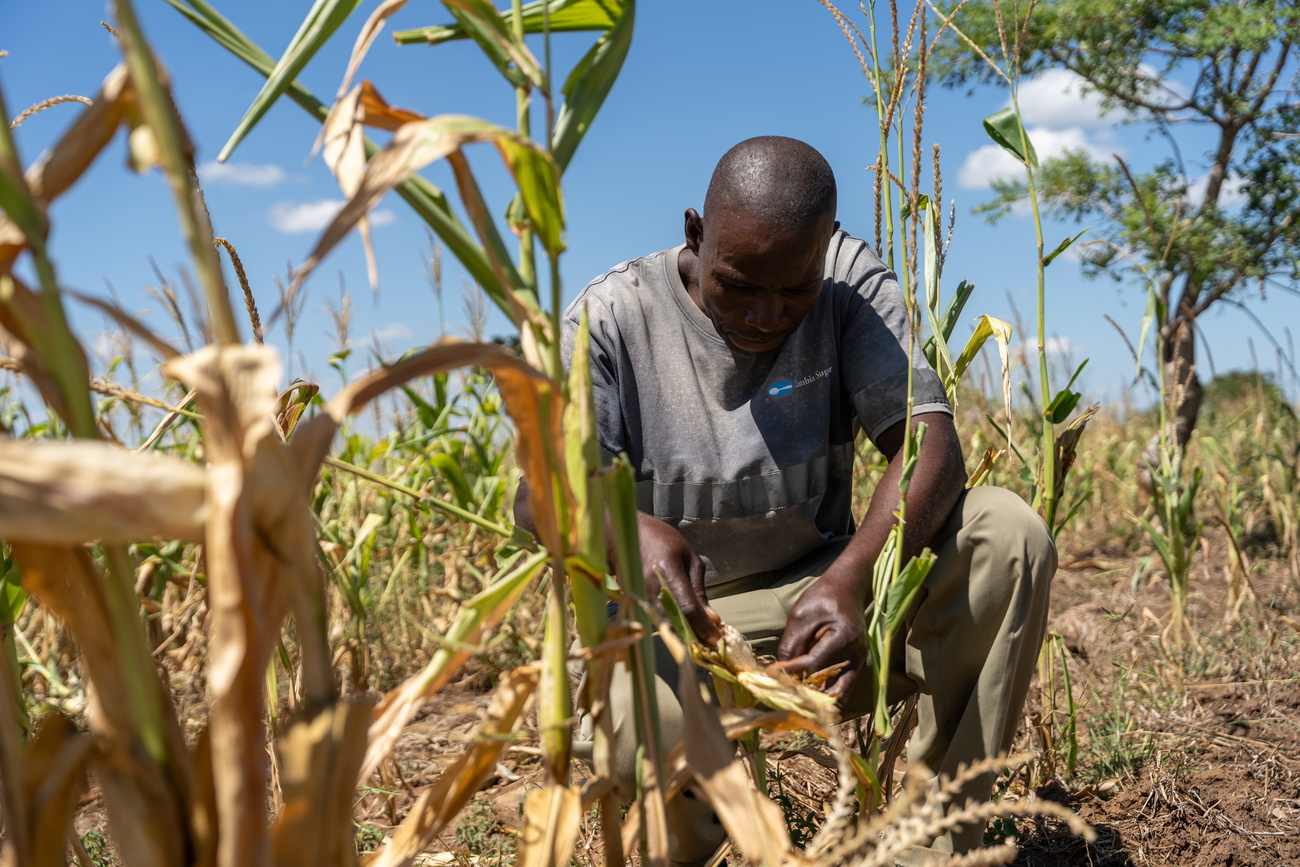




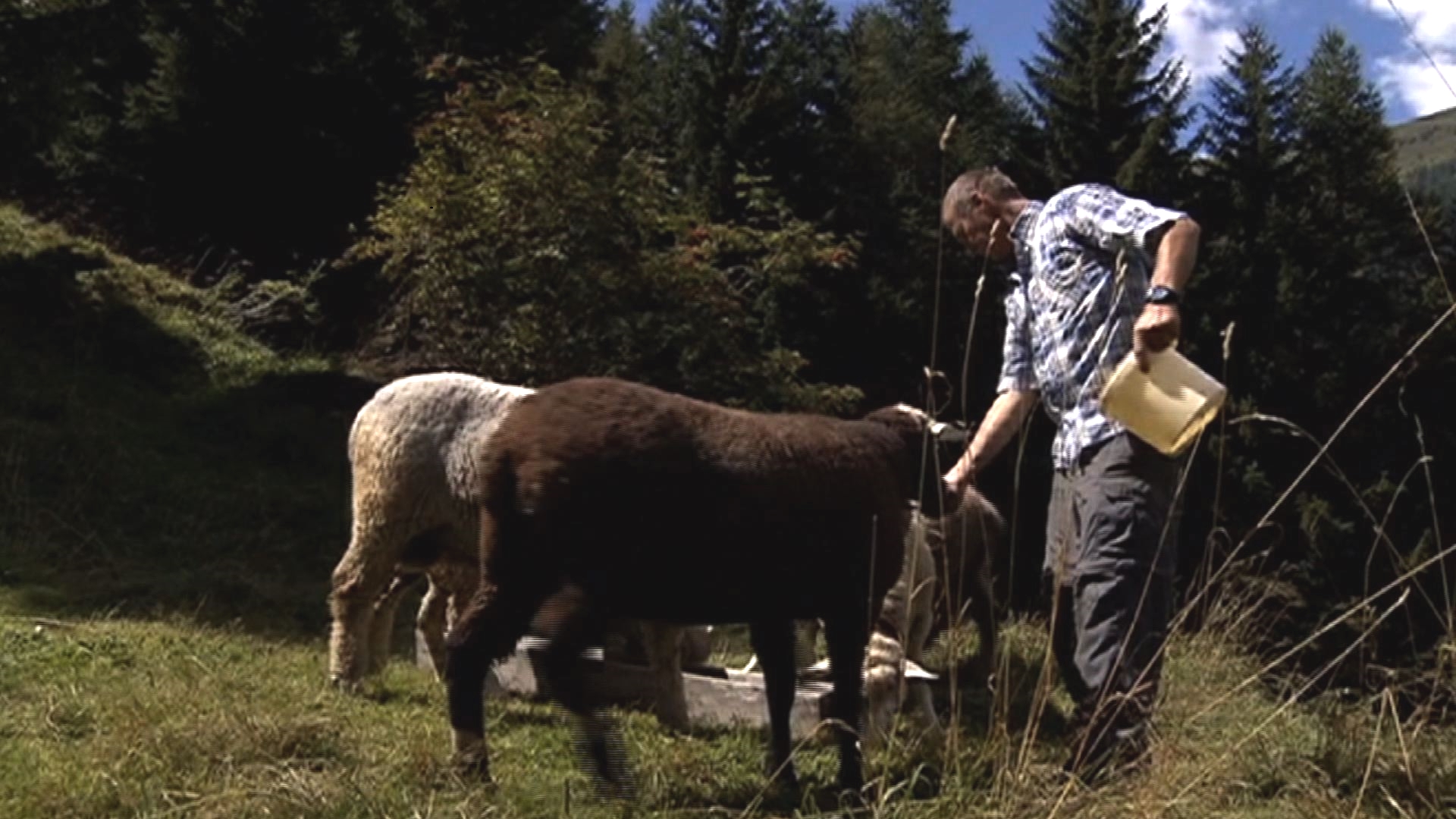
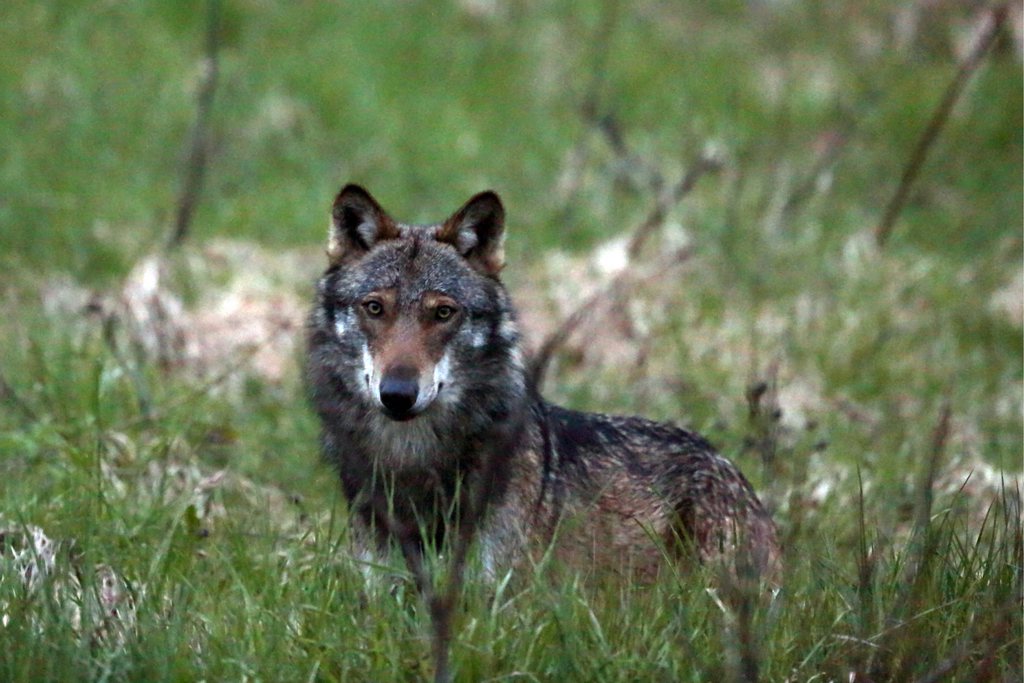

You can find an overview of ongoing debates with our journalists here . Please join us!
If you want to start a conversation about a topic raised in this article or want to report factual errors, email us at english@swissinfo.ch.